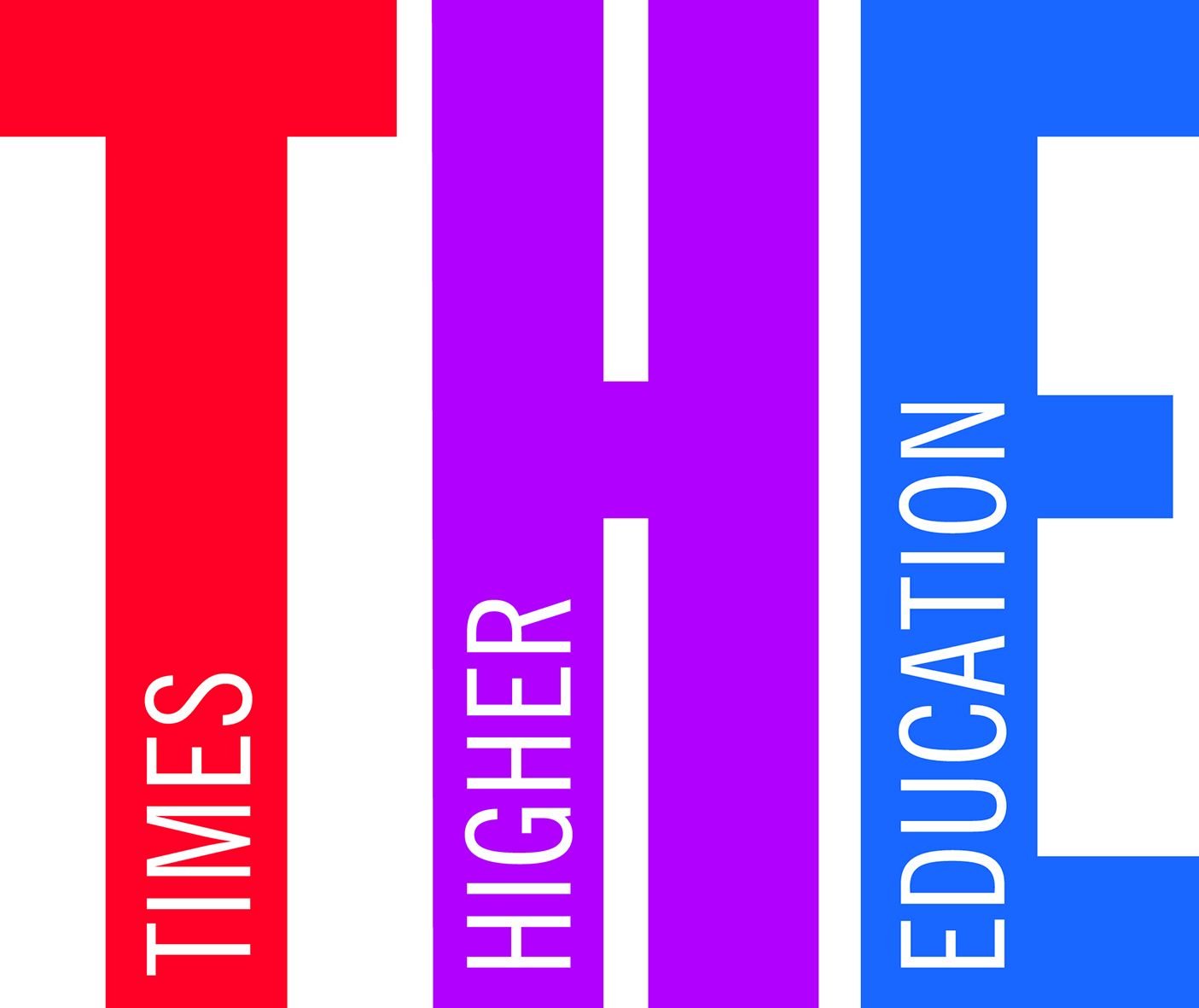One journal now asks authors to explain citation gap.
Analyzing every article published across three political science journals and three social science methodology journals between 2007 and the end of 2016, researchers from McMaster University in Canada and the Universities of Iowa and Minnesota matched up the gender of the authors to the gender of the researchers who produced each study cited in their bibliographies, using the analytical tool genderizeR.
 In this way, they were able to determine the “gender gap in citations” in articles by women and men, as well as those co-authored by women and men.
In this way, they were able to determine the “gender gap in citations” in articles by women and men, as well as those co-authored by women and men.
The goal of the project, according to Sara Mitchell, professor of political methodology at Iowa and co-author of “Gendered Citation Patterns Across Political Science and Social Science Methodology Fields,” published in Political Analysis, was to analyze how the overall representation of women in a research field influences the gender citation gap.
Comparisons were also made between different subject disciplines to determine whether a higher representation of women in one area might help to close the gender gap in citation practices.
“The least surprising aspect of our findings was the confirmation of our earlier analyses showing a gender gap in citations, with men citing work by men significantly more often than work by women,” Mitchell told Times Higher Education.
But although the proportion of women working within the social sciences had increased notably in the decade analyzed, the group found “no indication of a trend” toward women being cited more often.
Even when the researchers focused on the citation patterns for the journal Politics and Gender, in which more than 75 percent of the total published articles were authored by women, a gender citation gap was observed.
“It was surprising to us that male authors cited women’s work at a rate of 14 percent lower than their female peers in [these] journals,” Mitchell said.
But more surprising, she added, was that when women co-authored with men, their articles adopted similar citation practices, failing to cite women as often. Women working on their own or with other women were significantly more likely to cite work by women.
“Even in a journal with a majority of female authors like P&G [Politics and Gender], the gap between female authors (82 percent) and female references (61 percent [of citations in that journal being to female authors]) is fairly large,” the paper concludes. “Given the gender dynamics we see when pairing author to reference citations, this suggests that most of the citation gap is driven by men and mixed author teams underciting work by women rather than women overciting work by other female scholars.”
Although the underrepresentation of women in some fields will play a factor in the number of times they are cited, Mitchell said, “implicit biases may influence citation practices by scholars in the social sciences.”
“Even though female scholars represent a higher percentage of scholars in these fields today than in the past, women’s research is still less likely to be cited than their male peers’ research. This has important implications for tenure and promotion cases, salaries, awards, invitations to give talks [and so on],” she warned.
But there is good news: the findings have already influenced one journal, International Studies Review, to start analyzing the percentage of women cited in its papers, giving authors 100 extra words to explain any citation gap.
“The development of new tools to calculate gender balance can be useful for checking gender representation in journal article bibliographies and syllabi,” said Mitchell. “We [also] note that the gap gets smaller as more women enter a field, so mentoring programs for female scholars can help to recruit and retain more women in research fields.”

0 Comments